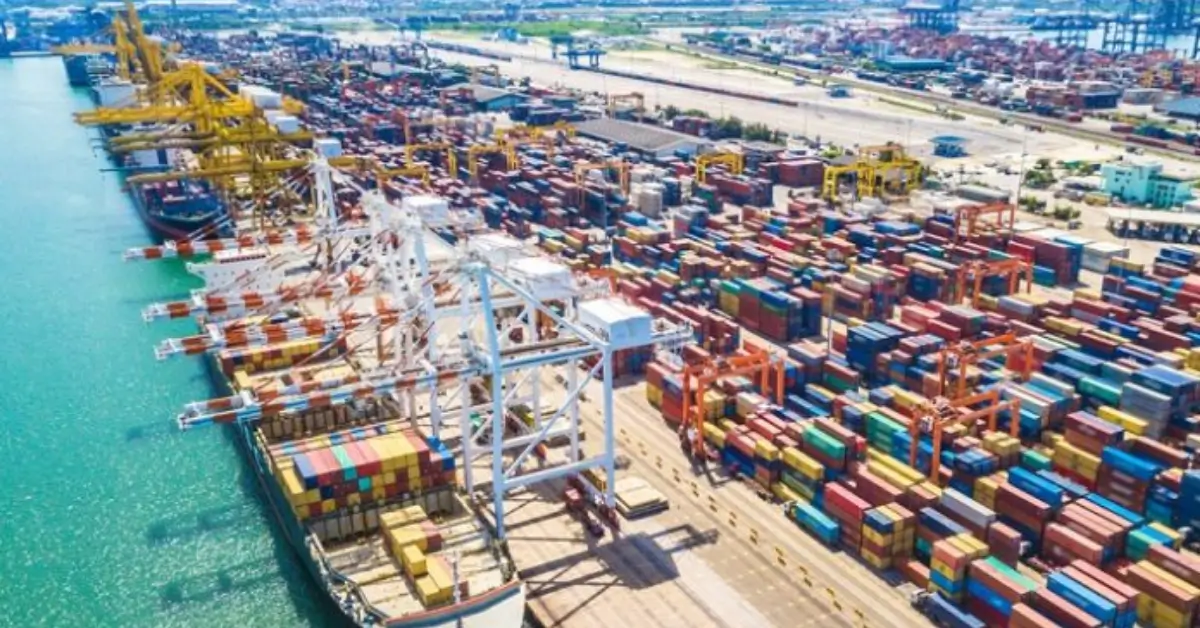Port Qasim World Bank Ranking
Pakistan has achieved a major milestone in the global maritime industry. The Port Qasim World Bank Ranking has placed it as the 9th most efficient container port in the world. This recognition, part of the Container Port Performance Index (CPPI) 2024, highlights the rapid improvements made by the port in operational efficiency, digital transformation, and trade facilitation.
At a time when Pakistan faces multiple challenges in its trade and logistics sectors, this global recognition shows that the country is moving in the right direction with focused reforms and strategic planning.
What is the CPPI, and how are ports ranked?
The Container Port Performance Index (CPPI) is a global benchmarking tool developed by the World Bank to measure the efficiency and performance of container ports. The ranking is based on several key indicators, including:
- Maritime connectivity (how well a port is connected to global shipping routes),
- Intermodal inland access (how easily cargo moves from the port to inland destinations),
- Operational efficiency, such as how quickly containers are loaded/unloaded,
- Dwell time and berth productivity.
Ports that show consistency, speed, and reliability in their operations rank higher, making them more attractive to international shippers and investors.
Punjab Flood Damage Survey 2025: CM Maryam Nawaz Launches Relief Effort for Affected Areas
Performance Highlights of Port Qasim
Between 2020 and 2024, Port Qasim significantly improved its performance score by 35.2 points, one of the biggest improvements recorded globally. This growth reflects:
- Reduction in cargo dwell time, which means goods now move faster from ships to their final destination.
- Streamlined berth operations, ensuring ships spend less time at port.
- Heavy investments in digital tools and automation are improving transparency, efficiency, and real-time tracking.
These changes have not only helped boost the port’s global standing but also made it more competitive in the South Asian and Middle Eastern trade corridors.
Comparison with Global Ports
Port Qasim now ranks just above India’s Jawaharlal Nehru Port, which stands at number 10. Some of the other ports that showed remarkable performance in the 2024 CPPI include:
- Posorja Port in Ecuador – Ranked #1 with a massive 72.8-point improvement.
- Gothenburg (Sweden) and Marseille (France) – Leading European ports with efficient infrastructure.
- Philadelphia (USA) – Another North American port in the top ranks.
- Ports in China, Egypt, and Nigeria, like Mawan, Port Said, and Lagos, also made strong entries into the top list.
This ranking places Port Qasim in the company of globally recognized ports, enhancing Pakistan’s maritime reputation.
CM Free Insulin Programme for Diabetic Children Across Punjab 2025
Government Reforms and Private Sector Role
Federal Minister for Maritime Affairs, Junaid Anwar Chaudhry, welcomed the World Bank’s recognition and credited it to the government’s reform agenda and strong participation from the private sector.
He particularly praised the role of DP World’s Qasim International Container Terminal (QICT), which has been operating according to international standards. The use of advanced equipment, digital systems, and trained personnel at QICT has greatly improved container handling and port services.
Such public-private partnerships have proven essential in transforming Pakistan’s port operations.
Future Development Plans
To further strengthen Port Qasim’s capacity and performance, the government has approved a dredging project to deepen the port’s main channel. This will enable the port to:
- Handle larger vessels,
- Increase cargo throughput,
- Expand Pakistan’s overall maritime trade potential.
This infrastructure upgrade aligns with long-term plans to position Port Qasim as a gateway for global shipping in the region.
Benazir Hunarmand Program Complete Guide to Benefits, Eligibility & Online Registration Process
Strategic Vision for Regional Connectivity
Minister Junaid Anwar Chaudhry also emphasized Pakistan’s vision to become a logistics and maritime hub connecting:
- The Middle East,
- Central Asia,
- China and beyond.
To support this goal, the government is working on:
- Integrating port facilities with inland transport networks like rail, roads, and waterways,
- Expanding digital infrastructure for faster cargo clearance and tracking,
- Promoting environmental sustainability in port and maritime operations.
These steps will not only boost trade but also attract foreign investment, create jobs, and strengthen Pakistan’s economic foundation.

